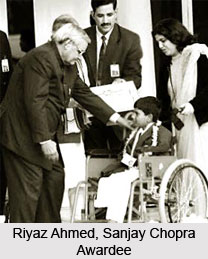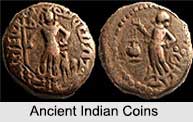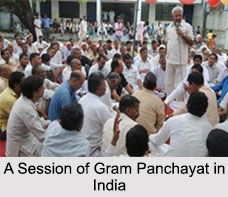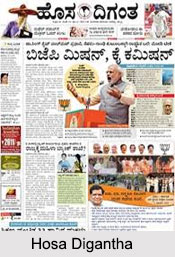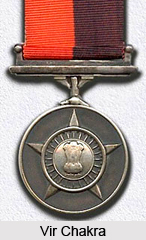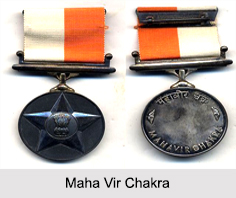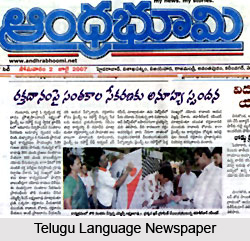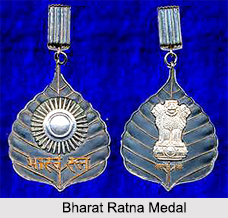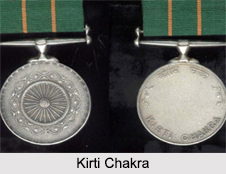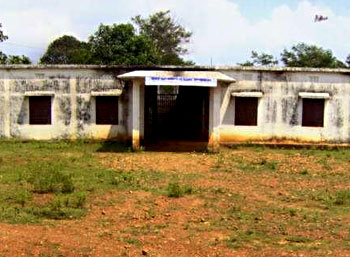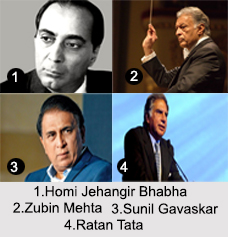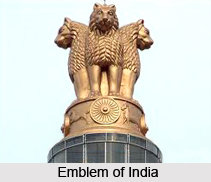 The Emblem of India has been taken from the Sarnath Lion Capital of Ashoka. The Indian Government adapted it on 26th January 1950; the day India became a republic. In the National Emblem, only three lions are visible, the fourth lion is hidden from the view. The lions are placed on the abacus.
The Emblem of India has been taken from the Sarnath Lion Capital of Ashoka. The Indian Government adapted it on 26th January 1950; the day India became a republic. In the National Emblem, only three lions are visible, the fourth lion is hidden from the view. The lions are placed on the abacus.
The abacus is encircled with smaller animals has a bull on the west, a galloping horse on the south, an elephant on the east and a lion on the north, which are separated by overriding wheels over a bell shaped lotus. At the centre of the abacus, there is a chakra (wheel), which is the symbol of Dharma (Eternal wheel of law). The words Satyameva Jayate (truth alone triumphs) have been inscribed in Devanagari script below the abacus, which has been taken from the Mundaka Upanishad.
The National Emblem of India is the official seal of the President, and the Central and the State Governments. The emblem is the epitome of India`s sovereign nationhood and appears on all Indian currencies. It is used for official purposes and is among the most respected symbols of India. It symbolizes power, courage and confidence.





